|

by Arjun Walia
February 12, 2014
from
Collective-Evolution Website
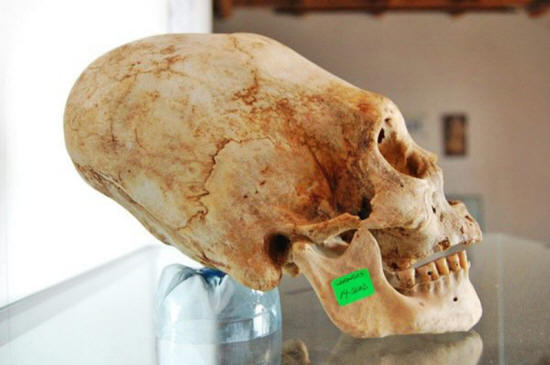

Paracas is located in the Pisco Province in the Inca Region on the
Southern coast of Peru.
Home of the ground breaking discovery in
1928 by Julio Tello of a massive graveyard containing tombs
filled with the remains of individuals with elongated skulls, now
known as the famous
Paracas Skulls.
They are approximately 3000 years old, and initial DNA analysis of
them has revealed that they may not have come from humans, but from
a completely new species, according to Paracas Museum assistant
director, researcher and author
Brien Foerster.
Here is the apparent quote from the
geneticist who did the testing.
"Whatever the sample labeled 3A has came from -
it had mtDNA with mutations unknown in any human, primate or
animal known so far.
The data are very sketchy though and a LOT
of sequencing still needs to be done to recover the complete
mtDNA sequence. But a few fragments I was able to sequence from
this sample 3A indicate that if these mutations will hold we are
dealing with a new human-like creature, very distant from Homo
sapiens, Neanderthals and Denisovans.
I am not sure it will even fit into the known
evolutionary tree.
The question is if they were so different, they
could not interbreed with humans. Breeding within their small
population. They may have degenerated due to inbreeding.
That would explain buried children - they were
either low or not viable"
Source -
Source
It's always been thought that the skulls
were a result of cranial deformation, where the head is bound or
flattened to achieve the shape.
Many authors state that the time period
to perform this shaping was approximately 6 months to 3 years, but
the practice is no longer performed, which makes it hard to really
know.
According to Foerster:
"From
the doctors that I have spoken to, they have said that you can
alter the shape of the skull but you cannot increase the size of
the skull. The skull is genetically predetermined to have a
certain volume."
Source -
Source
What he is saying is that you can change
the shape of the skull, but not the actual volume of it, the shape,
but not the size.
This is why these skulls are such a
mystery, because of their cranial volume, which in some cases is 2.5
times larger than a conventional human skull.
Again, it's well known
that cranial deformation changes the shape of the skull, it's been
done by ancient cultures before by binding the head between two
pieces of wood, or binding in cloth, but this does not change the
volume and cause elongation like we see with the Paracas skulls.
"As I have said, deformation can alter shape, but
not the volume of bone material, and certainly not twice as
much. We are dealing with 2 different phenomena: elongation
through binding, and elongation via genetics.
The Paracas skulls
are the largest found in the world, but from what root race
stock would they have originated?
To suggest that natural
elongation was the result of hydrocephaly or some other
clinical condition is ridiculous, when one takes into account
that at least 90 of them were found in 1928."
Source
I would also like to quote author and
historian Graham Hancock.
"I have grave doubts about stories presently
doing the rounds on the internet, and apparently bought hook,
line and sinker by many, making extravagant and premature claims
about the implications of DNA testing on certain elongated
skulls from Paracas in Peru.
We have no details of the lab
that's done the testing, and even in the sensationalist reports
that have been attracting so much attention it is emphasized
that the findings are preliminary.
Let's wait until we see the
findings themselves, rather than someone referring to them, and
let's get more detailed results, before we get in the least bit
excited. That being said, previously unknown species of human
have been coming out of the woodwork recently (Denisovans, Homo
Floresiensis) so who knows?
It's always good to keep an open
mind but right now I fear this whole thing with the Paracas
skulls is going to blow up into a great discredit to alternative
history.
I do hope I am proved wrong."
Source
Forester has raised thousands of dollars
so far for the initial DNA testing, but a full genome study to
completely verify the theory would cost at least one hundred
thousand dollars.
Juan Navarro, the owner and director of
the Paracas History Museum allowed the taking of samples from 5
skulls.
The samples collected consisted of hair, tooth, skull and
bone skin. Apparently, the process was documented via photos and
video. The samples were given to the geneticist, who was not given
any information about where they came from.
The implications of this are huge,
regardless of what the final findings will be! We'll try and keep
you updated.
Here is a full interview with Brien Foerster, and you
can check out the sources for more information:
Hopefully more proof
surfaces within the next few days, interesting story to say the
least. I am very open to the possibility of the discovery of a new
species, possibly
extraterrestrial in origin, but there is still
lots of work to be done.
I am also open to the possibility that they
are human...
Sources
Initial DNA Results for the Testing of...
Peruvian Elongated Skulls
by Brien Foerster
2016
from
HiddenIncaTours Website
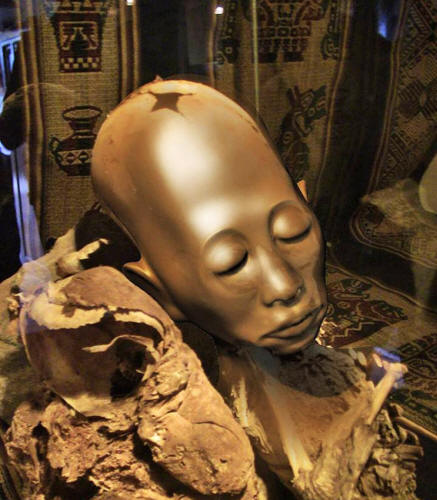
It has been a long and tiring process to try to get ancient
elongated skulls from Peru DNA tested, as many of you know.
There are only 10 laboratories in the world that can
do "next generation sequencing" which is the state of the art
process of testing ancient DNA.
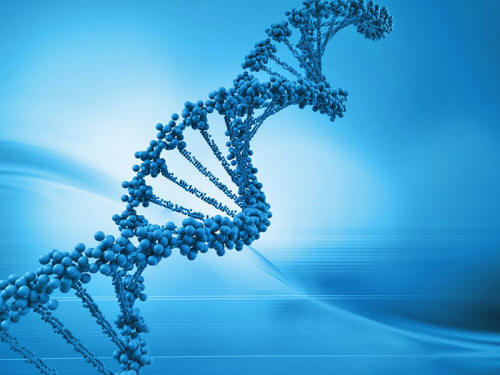
Your DNA, like the image above shows, is perfectly intact, thus is
easy to test, and is cheap.
Ancient DNA, like the 800 to 2000 plus year old
Peruvian ones that we wish to test are literally shredded into tiny
segments, thus only the most up to date equipment can test them, AT
ALL.
We are fortunate that 3 such labs have agreed to do
the testing for us.
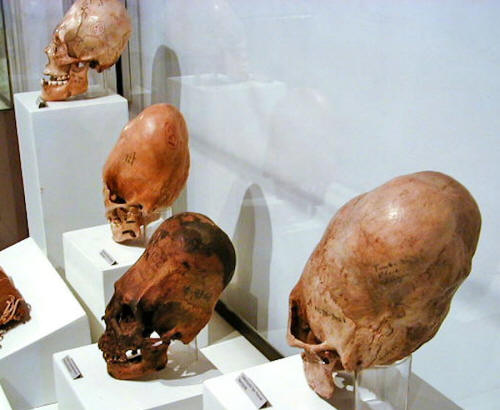
Frankly, it appears that virtually ALL academics believe that ALL of
the Peruvian elongated skulls are the result of head binding, yet
NONE as far as we can tell have ever DNA tested them.
Such facilities as mentioned earlier DO NOT exist in
Peru. As well, there are NO radiocarbon labs in Peru.
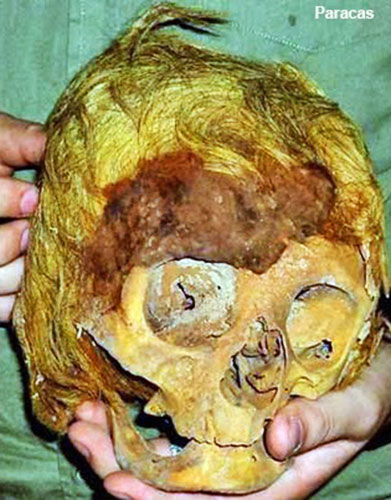
As well, no academics as far as we can tell can explain why some of
the skulls that still have
hair are red or even blonde; the idea
that this is from time or bleaching has NOW been disproven by 2 hair
experts.
For the ancient Paracas people, at least, they had
blonde to reddish hair that is 30% thinner than NATIVE American
hair.
It is GENETIC..!
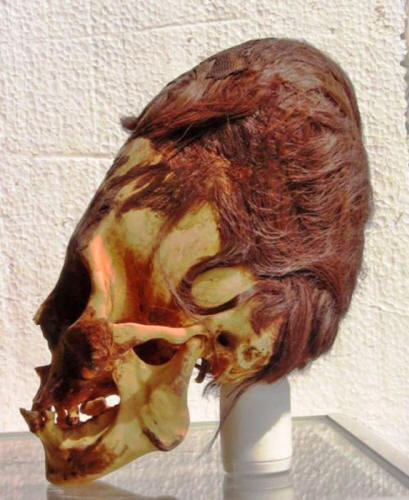
Of the two recent samples tested, one of small red hair fragments
from a 2000 year old skull donated by Sr. Juan Navarro of the
Paracas museum and sampled as well as packaged by a Peruvian
archaeologist, and another from an 800 year old Peruvian skull that
has been in the US for at least 75 years, the results were quite
curious, and could change the history of migration to the Americas.
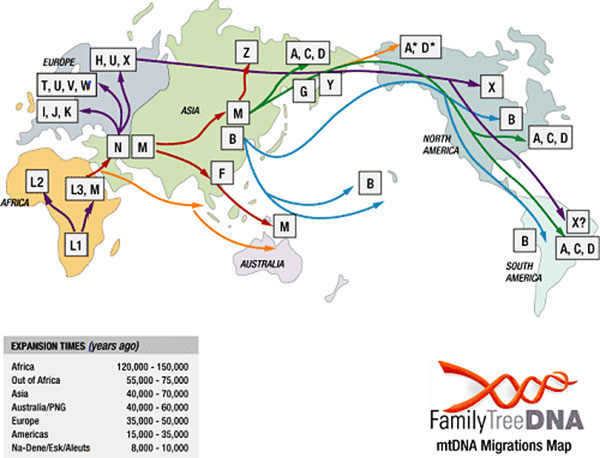
The hair from a Paracas culture baby showed a genotype which is
found in people of European ancestry and the 800 year old skull
showed possible ancestry from the Middle East.
Clearly, if these results hold, the history of the
migration of people to the Americas is far more complex than we have
been told previously. More testing is presently being done on 3
other individuals.
As regards an "alien" component or ancestry to the skulls, we may
never know.
The DNA testing programs can only compare sample DNA
with those that are known, and those are held in a huge
database
called Gentech in the US. Further testing with cooperation from
Peruvian archaeologists and the Ministry of Culture are now ongoing.
These initial results are just that; initial.
All results as of June 15, 2016 it is shown in the below video
called 'Watchers 10.'
Watchers 10
|









